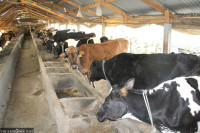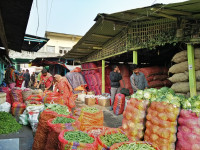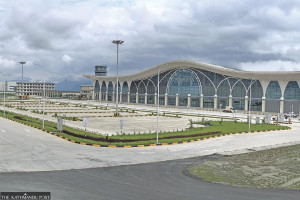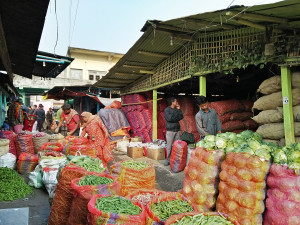Money
Export cash incentive to be hiked to 4 pc
The government has started work to hike the cash incentive provided to firms exporting certain products to 4 percent of their export value from the current 2 percent, the Finance Ministry said.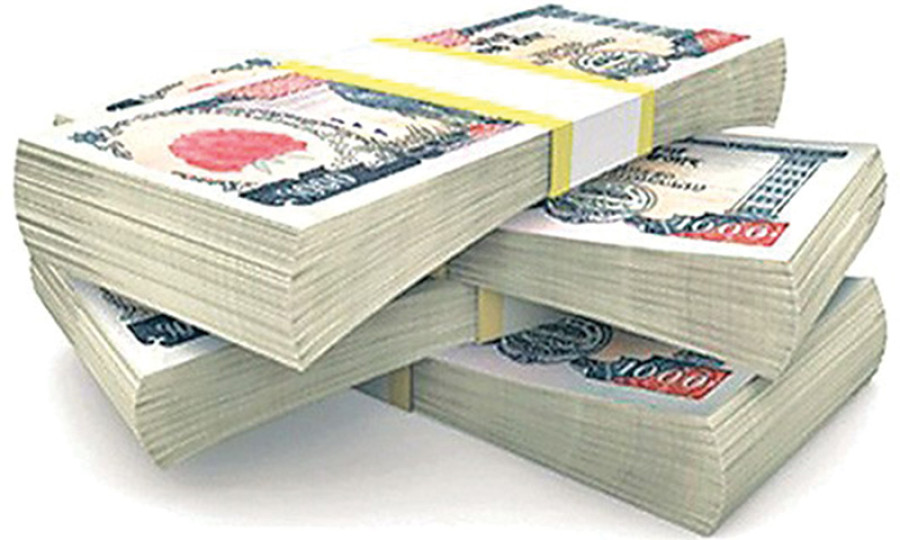
The government has started work to hike the cash incentive provided to firms exporting certain products to 4 percent of their export value from the current 2 percent, the Finance Ministry said.
Dharma Raj Shakya, president of the Federation of Handicraft Associations of Nepal, hailed the government’s plan to raise the cash incentive. “Although traders have been asking the government to boost the incentive to at least 10 percent, the present move is also a step forward,” said Shakya, adding that it could help improve the competitiveness of domestic goods.
Shakya also urged the government to simplify the procedure for receiving the cash incentive.
According to him, exporters have to wait for at least six months and prepare complex paperwork to get the money.
The cash incentive has been provided to goods with a domestic value addition of 30 percent or more. Exporters have long been demanding that the government increase the incentive claiming that the scheme hardly helped to make their products competitive in the international market.
“As the cash incentive being provided by neighbouring countries is quite high compared to what Nepali exporters are getting, the ministry has decided to increase the rate,” said Shishir Kumar Dhungana, revenue secretary at the Finance Ministry. He added the higher cash incentive could encourage Nepali exporters to expand their business in the international market.
“Firms that received the subsidy began selling a wider range of eligible products across more export destinations,” says the draft of the working paper entitled Assessing the Effectiveness of Cash Subsidies on Export Performance: Evidence from Nepal.
The government introduced the Cash Incentive Scheme for Exports through the budget for fiscal 2010-11.
Following the enforcement of related guidelines, the plan finally came into effect in 2012. In the first year, 28 firms received cash subsidies totalling $1.6 million. By 2014, the figure had jumped to $3.8 million.
Dhungana said the ministry wanted to raise the cash incentive for goods with a high comparative advantage. According to him, most of the products listed in the Nepal Trade Integration Strategy (NTIS) 2016 could be eligible for the subsidy.
Last year, the government revised the NTIS product list. The list contains nine products including medicinal and aromatic plants, black cardamom, ginger and tea under the agro product category; and leather product, footwear product, readymade garment, pashmina and hand-knotted carpet under the industry category.
Export earnings from NTIS products have not been encouraging despite the cash subsidy being provided by the government on most of them.
Figures for the last few year released by the Trade and Export Promotion Centre show that shipments to the international market have not increased as expected.




 20.12°C Kathmandu
20.12°C Kathmandu

